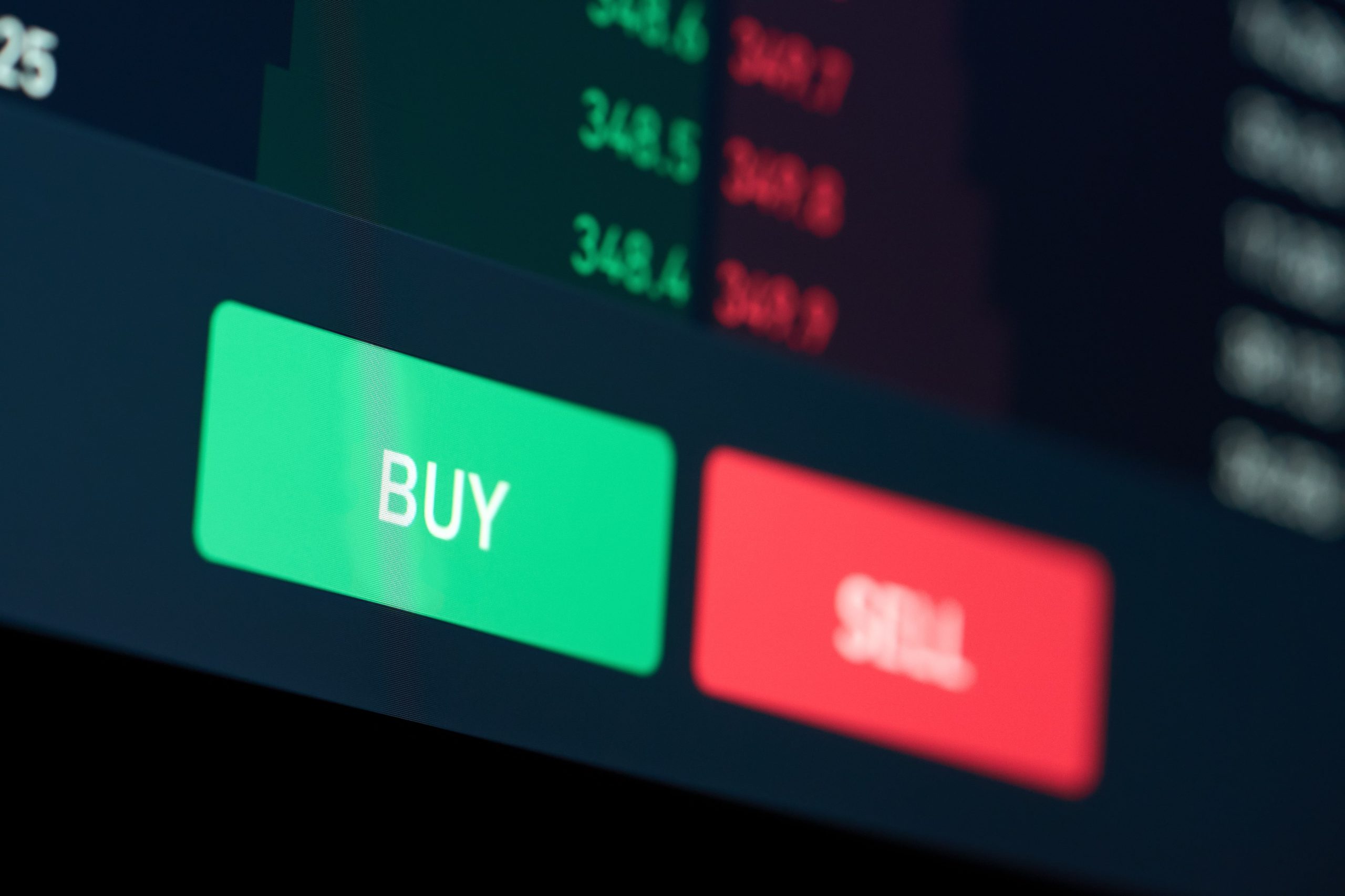Why Machine Learning in Trading Matters Now
The financial markets are evolving at an unprecedented pace, driven by technological advancements and the ever-increasing amount of data available. In this landscape, machine learning (ML) has emerged as a game-changer for traders, offering the ability to analyze vast datasets, identify patterns, and make predictions with remarkable accuracy. As global markets face volatility and uncertainty, leveraging machine learning trading ideas is more crucial than ever.
Current Trends in Machine Learning for Trading
Over the last few years, several key trends have shaped the way traders approach machine learning:
- Algorithmic Trading: Algorithms powered by ML are optimizing trade execution, reducing costs, and enhancing performance.
- Sentiment Analysis: By analyzing social media and news feeds, traders can gauge market sentiment and anticipate price movements.
- Predictive Analytics: ML models are being used to predict stock prices, volatility, and market trends based on historical data.
- Risk Management: Machine learning algorithms are enhancing risk assessment by analyzing numerous variables and predicting potential market shocks.
Actionable Insights for Traders
To effectively implement machine learning in trading strategies, consider the following actionable insights:
- Start Small: If you’re new to machine learning, begin with simple models like linear regression before moving to more complex algorithms.
- Data Quality is Key: Ensure that the data you’re using is clean and relevant. Garbage in, garbage out applies here.
- Leverage Existing Tools: Utilize platforms like TensorFlow or PyTorch, which offer extensive libraries for building and training models.
- Focus on Features: Invest time in feature engineering to improve model accuracy — the right features can significantly impact your predictions.
AI Tools and Their Impact on Trading
Several AI tools are revolutionizing the trading landscape:
- Automated Trading Bots: These bots execute trades based on pre-defined criteria using ML algorithms to optimize performance.
- Portfolio Management Software: AI-driven tools assist in optimizing asset allocation and risk management.
- Real-time Data Analytics: Tools that provide real-time analysis help traders make faster, data-driven decisions.
Future Outlook: Where This is Headed Next
The future of machine learning in trading looks promising. As computational power increases and data availability expands, we can expect more sophisticated models that integrate alternative data sources, such as satellite imagery and IoT data. Additionally, the rise of quantum computing may further revolutionize the field, enabling traders to process and analyze data at unprecedented speeds.
In conclusion, embracing machine learning in trading not only offers a competitive edge but also opens the door to innovative strategies that can adapt to rapidly changing market conditions. By staying informed on the latest trends and continually refining your approach, you’ll be well-positioned to navigate the future of trading.



